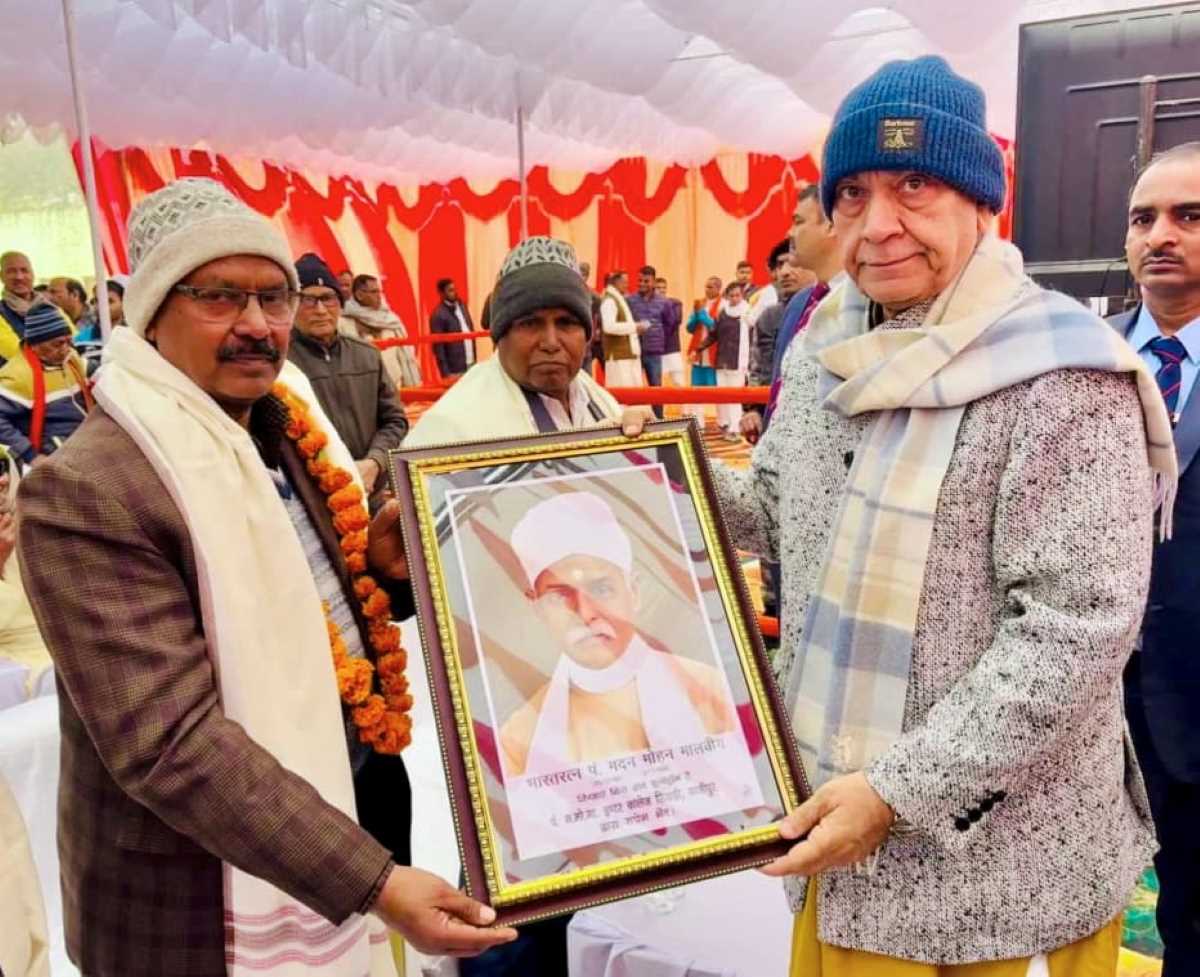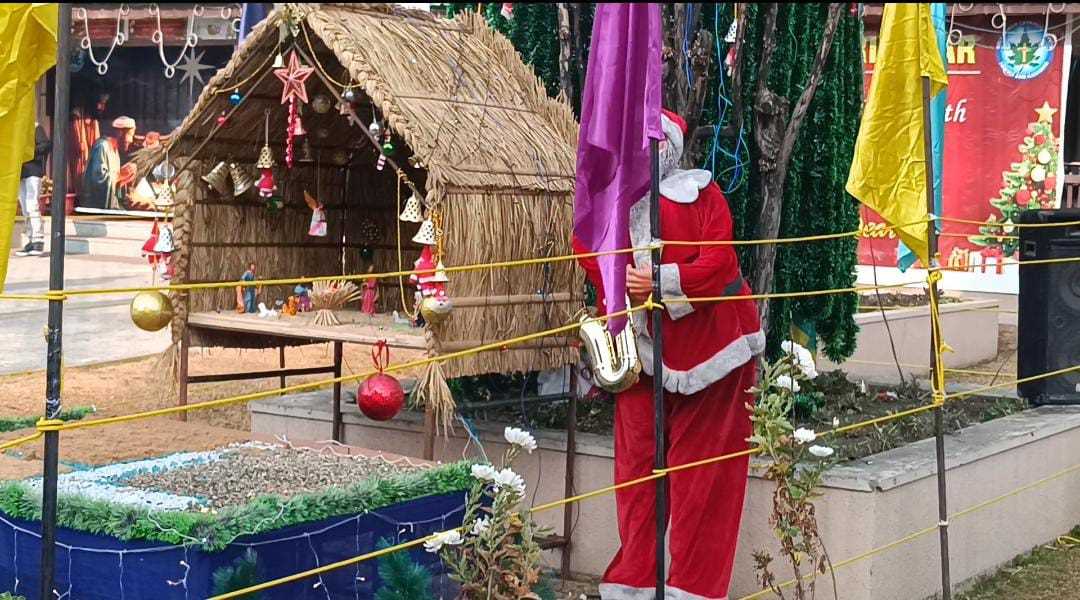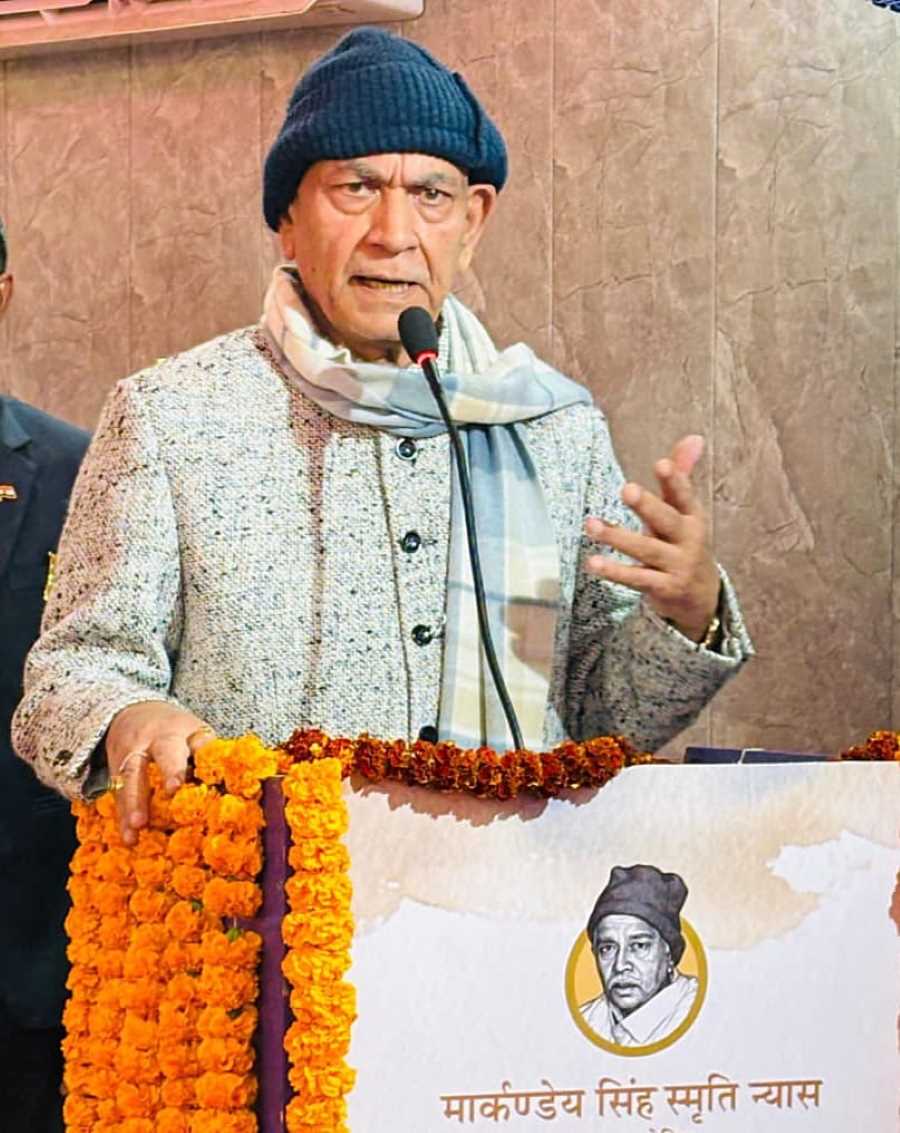George Bernard Shaw’s play “Doctor’s Dilemma” is one of the most impactful plays produced in 20th century and which has been appreciated by most of the critics of that times. The Doctor's Dilemma is a play by George Bernard Shaw first staged in 1906. It was published in 1909. It is a problem play about the moral dilemmas created by limited medical resources, and the conflicts between the demands of private medicine as a business and a vocation. In the play, a medical doctor has developed a new cure for tuberculosis. Due to his limited staff and resources, he can only treat ten patients at a time. He reluctantly decides to treat an additional patient, but he has to choose between treating an altruistic medical colleague, or an extremely gifted artist with amoral beliefs. The doctor's decision is complicated because he is in love with the artist's wife, and he is tempted to let the patient die in order to court his widow.
This story with a low magnitude of the moral dilemma has a semblance with the recent tragic incident that took place at Red-Fort Delhi and was sub sequenced by another episode at a police station at Nowgam, Srinagar (Jammu and Kashmir) which resulted in the death of almost 20 persons including police officials and civilians. The alleged doctors’ terror module that worked through the country has left every live conscience looking frantically what the doctors are meant for and what they have proved to be.Because to be a terrorist casts no special degree or expertise except a rigid mindset and some deadly weapons that something morally, socially or legal has been going wrong and it must be avenged with the mass destruction of life and property. So why to peruse a degree of highest social prestige and utmost importance for human welfare should be there when one is having nefarious designs.
G.B Show has tried to prove the moral dilemma that a doctor named Sir Colenso Ridgeon, suffers from by putting him in a situation where he prefers to save another patient and let the deserving one die only for the sake of fulfilling his courtship with his wife. The plot of the play shows how the discourse goes on. The eponymous dilemma of the play is that of the newly knighted doctor Sir Colenso Ridgeon, who has developed a revolutionary new cure for tuberculosis. However, his private medical practice, having limited staff and resources, can only treat ten patients at a time. From a group of fifty patients he has selected ten he believes he can cure and who, he believes, are most worthy of being saved. However, when he is approached by a young woman, Jennifer Dubedat, with a deathly ill husband, Louis Dubedat, he admits that he can, at a stretch, save one more patient, but he insists that the individual in question must be shown to be most worthy of being saved. The situation then becomes complicated, as an old friend and colleague reveals, he too, needs treatment. Sir Colenso must choose which patient he will save: a kindly, altruistic, poor medical colleague, or a young artist who is extremely gifted, but an amoral, very unpleasant womaniser and bigamist. Sir Colenso has also fallen in love with the young and vivacious Jennifer Dubedat, which makes it even harder for him to be clear about his motives for choosing who shall live.In the end, the doctor decides to treat his colleague, deceiving Louis and Jennifer by telling them that another doctor will treat him. Before Louis dies, he persuades his wife to promise that she will remarry. Sir Colenso convinces himself that she will marry him. But when she learns of his wish, she is horrified: she cannot imagine wanting to marry someone as old as he is. At that point, Sir Colenso confesses to her that he had selected his colleague over Louis partly because he is infatuated with her. Jennifer’s disgust upon learning this makes Sir Colenso question his decision.
Another play that I would like to refer to here is “All My Sons” by Arthur Miller that was composed in 1946 where the central character Joe Keller prefers business profit over the lives of soldiers who die in the planes that crash only due the faulty cylinder heads supplied to the Army and ultimately realizing that his own son –Larry Keller had also been killed in the plane crash and feels morally guilty when comes to know that he has been the cause of his son’s death along with thousands of sons of the soil. And the agony he undergoes is revealed by his last statement “Only Larry was not my son, actually they were all my sons”. Yes,I guess , they were. They were, they were.”
“The Second World War is not just the immediate worldwide precursor to the play; it is inseparable from its action. Specifically, the war resulted in the death of Larry and caused the kind of difficult choices that forced Joe and Steve into their fateful decision to allow the production of cracked parts for American planes. But the war also provided Larry, Chris, and other American soldiers a clear set of black-and-white moral choices: democracy versus fascism, good versus evil. Larry is lost in the war (later shown to have committed suicide), and Chris survives. Although Larry’s death is mourned dearly by everyone, including by Chris, Chris himself must live in the shadow of his brother’s death—he must carry on with “survivor’s guilt,” and wonder why he was the one who was spared. As Chris explains to Annie at the end of Act I, he loved the sense of camaraderie in wartime, the feeling that one man could and must help another, as evidenced by last pair of dry socks another GI was willing to lend him. And Chris mourns the fact that, in peacetime America, this sense of camaraderie has vanished, has been replaced by an overwhelming desire for material gain.
Joe admits that wartime productions was so stressful, and he wanted his business to succeed so much, that there was nothing he could do but allow the defective parts to roll off the assembly line unimpeded. For him, this was a decision made to protect and support his family, but which also obscured the greater cruelty of battle: that these parts would be placed in American planes and would kill Americans, the very cause Steve and Joe wanted to support. War has taken Larry away from Annie, and, on a subtler level, it has made any prospect of Annie’s future happiness nearly impossible, because others in her life, including Kate Keller, will always wonder whether Annie “waited long enough” for Larry, or whether she “hopped into bed” with another man and married him at the first chance. Annie finally reveals the letter Larry sent her—admitting to his impending suicide in battle—in the hopes that this terrible letter will at least show Kate that Annie has not moved on out of callousness.But the letter, another consequence of war, causes Joe to realize that he has not only killed members of other people’s families—other Americans’ families—but indirectly a member of his own. Joe goes upstairs and shoots himself; he is another casualty of the war. Thus the war was not “over” when the peace treaties were signed. Instead, Chris, Joe, Steve, and others in the play carried the war inside them, transposing into a morally-fraught environment the same life-and-death struggles they had once approached with a definite sense of moral purpose. Now, with that moral purpose gone, the horrors of war and death nevertheless remain.
So the plot of the two plays that are referred to shows that it is the moral blindness of a man which leads him to commit such acts that lead not only to the destruction of others but also to himself and his family as well. And this blindness is the cause of moral guilt that both Joe Keller and Sir Colenso Ridgeon realize at the end. Same analogy can be drawn in case of the blasts that resulted in the death of almost 40 and injured hundreds and deprived their families from the support and hope that they survived on. And at the same time the action taken by the authorities has put the families of accused in the tragic situation including blasting their houses and arresting their kith and kin.
So, we must act in a way that our youth is drawn out of this moral dilemma. We must bring them out of the confusion that war is not solution to any problem in the world. If wars were the final and ultimate end then why there have been the peacekeeping agencies like UNO and other such organizations. We must educate our children about the moral ethics and values that are beneficial to the human society and other living organisms as well. Our youth is in dire need of real religious education along with the modern education. Religious scholars have a special responsibility in this regard and the academicians have secondary duty to the effect that they make the youth aware of current political scenario throughout the world and make them realize that the wars going on in the present times are not ordained by God or any deity. But these conflicts are material and political in nature. So the youth must be aware of the agencies that are working to sustain these wars and the most powerful motivation that such agencies provide to the youth is religious sentimentalism. As this is the only factors that makes a young boy or girl emotionally imbalanced and s/he at once gets radicalized to take any hard step but without thinking little bit about the consequences that their parents and kith and kin would have to face on that pretext.
To conclude let me say that they whole world is facing the same dilemma and how to take it out of this dark is the matter of introspection for the leadership at global level and the state heads at individual level. All the stake holders must think deeply where the human world is being lead and the most ironically everyone claiming to be the preserver of humanity and human values that is out of the scene.
Email:---------------------------------ishaq7007@gmail.com






